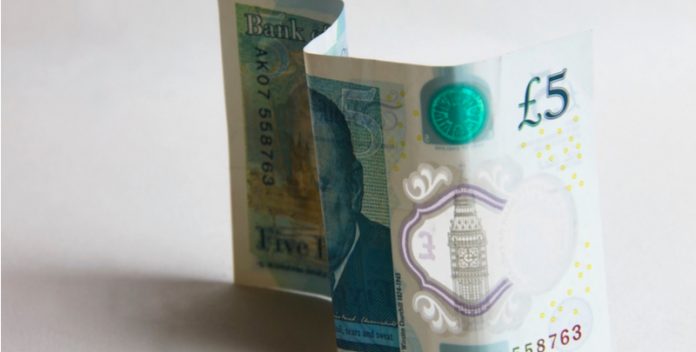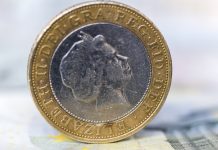After an initial bounce, the pound US dollar exchange rate traded lower on Tuesday. Whilst little in the way of economic data from either side, there were plenty of headlines to influencing trade. The pound US dollar hit a peak of US$1.3592, before settling around US$1.3545 towards the end of trading.
| What do these figures mean? |
|---|
|
When measuring the value of a pair of currencies, one set equals 1 unit and the other shows the current equivalent. As the market moves, the amount will vary from minute to minute. For example, it could be written: 1 GBP = 1.28934 USD Here, £1 is equivalent to approximately $1.29. This specifically measures the pound’s worth against the dollar. If the US dollar amount increases in this pairing, it’s positive for the pound. Or, if you were looking at it the other way around: 1 USD = 0.77786 GBP In this example, $1 is equivalent to approximately £0.78. This measures the US dollar’s worth versus the British pound. If the sterling number gets larger, it’s good news for the dollar. |
Pound traders have had very little in the way of economic data to drive trading so far this week. Instead market participants have been focusing on the increasing political turmoil within the UK government and the lack of clarity over Brexit. Infighting in the UK Conservative party over Theresa May’s proposed customs partnership with the EU rocked the government and limited the pound earlier in the week. Theresa May was dealt another blow on Tuesday as the House of Lords defeated the government’s plans for a specific date for Brexit. The Lords voted against this believing that it puts the UK at a disadvantage in negotiations. This is yet another showing against UK Prime Minister Theresa May, who some political analysts suggest won’t be in power then.
| How does political risk have impact on a currency? |
|---|
| Political risk drags on the confidence of consumers and businesses alike, which means both corporations and regular households are then less inclined to spend money. The drop in spending, in turn, slows the economy. Foreign investors prefer to invest their money in politically stable countries as well as those with strong economies. Signs that a country is politically or economically less stable will result in foreign investors pulling their money out of the country. This means selling out of the local currency, which then increases its supply and, in turn, devalues the money. |
The UK economic calendar has been very quiet this week and this is also the case today. Investors will now look ahead to the Bank of England rate decision tomorrow.
Fed Chair Powell Boosts The Dollar
The US dollar remained strong for yet another session on Tuesday. An early speech by Federal Reserve Chair Jerome Powell supported the dollar. Mr Powell confirmed that the Fed intends to continue with the current pace of hiking. He also confirmed that the economy was still showing signs of being able to support further rate hikes. These were considered hawkish comments pointing to more interest rates to come.
| Why do raised interest rates boost a currency’s value? |
|---|
| Interest rates are key to understanding exchange rate movements. Those who have large sums of money to invest want the highest return on their investments. Higher interest rate environments tend to offer higher yields. So, if the interest rate or at least the interest rate expectation of a country is relatively higher compared to another, then it attracts more foreign capital investment. Large corporations and investors need local currency to invest. More local currency used then boosts the demand of that currency, pushing the value higher. |
President Trump withdrawing from the US — Iran nuclear arms pact actually had little impact on the dollar. Investors had been fretting that the increased geopolitical tensions would have lifted the dollar, but that hasn’t been the case after President Trump withdrew from the agreement; an agreement which saw the US waiver sanctions on Iran in exchange for a reduction in Iran’s nuclear programme. Investors will watch the fallout from the US withdrawal closely.
|
This article was initially published on TransferWise.com from the same author. The content at Currency Live is the sole opinion of the authors and in no way reflects the views of TransferWise Inc. |





